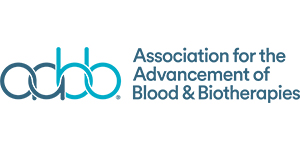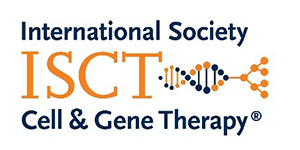

Human cell and tissue-based products (HCT/P) are regulated under 21 CRF 1271.10(a) and Sections 361 of the Public Health Service (PHS) Act by the Food and Drug Administration’s Center for Biologics Evaluation and Research (CBER). HCT/Ps classified as ‘361 products’ are not regulated as biologics but must be processed according to Good Tissue Practice (GTP) in facilities subject to regulatory oversight. Cell or tissue-based products that do not comply with all requirements to be considered solely regulated under 21 CFR 1271 as “361” products then all CGMP requirements apply as a “351” product. As described in the Guidance for Industry, products regulated under Section 361 require no premarket regulatory review, approval, or clearance when all criteria under 21 CFR 1271.10(a) are met, which include:
To understand more about these regulations, an interpretative tool which associates the GTP regulations with guidance references, considerations, and additional resources was created by a team of industry leaders with expertise in cell- and tissue-based product development and manufacturing.
The formation of the team is the result of a collaboration between the Association for the Advancement of Blood & Biotherapies (AABB) and International Society for Cell & Gene Therapy (ISCT) who develop projects of mutual interest in a joint AABB-ISCT workgroup (WG).
The GTP tool includes references to GTP regulations, GTP Guidance references, GTP considerations and additional resources. Links are provided without interpretation and are not intended as a substitute for information on the terms and procedures directly associated with regulatory requirements governing 361-based products. Links and references will be reviewed periodically and updated accordingly.
F. Enrique Alvarez, BS, MLS (ASCP)CM
Project Co-leader
Assistant Director, Cell Therapy Laboratory
Department of Stem Cell Transplantation and Cellular Therapy
The University of Texas MD Anderson Cancer
Center
Houston, TX
J. Wade Atkins, MS, BS, MLS(ASCP), SBB(ASCP), CABP(H), CQA, ASQ
Project Co-leader
Supervisor, Quality Assurance and Regulatory Affairs
Department of Transfusion, Clinical Center
National Institutes of Health
Bethesda,
MD
Julia Goldstein, MD, Office of Regulatory Affairs
Division of Allergy, Immunology and Transplantation
National Institute of Allergy and Infectious Diseases
National Institutes of Health
Bethesda, MD
Brian J. Hawkins, PhD
Chief Technology Officer, Pluristyx, Inc.
Seattle, WA
Mo Heidaran, PhD
Head of Translational and Regulatory Strategy GC Therapeutics
Cambridge, MA
Aisha Khan, PhD, MBA
Executive Director of Laboratory Operations
Interdisciplinary Stem Cell Institute
University of Miami, Miller School of Medicine
Miami, FL
Angela Ondo, MLS (ASCP)CM
Director of Quality for BMT/IEC Program
Johns Hopkins Medicine
Baltimore, MD
Fran Rabe, MS, ASQ CQM
Director of Quality Assurance
University of Minnesota
Molecular & Cellular Therapeutics
St. Paul, MN
Olive J Sturtevant, MHP, MT(ASCP)SBB, SLS, CQA(ASQ)
Senior Administrative Director of Connell & O'Reilly Families
Cell Manipulation Core Facility
Dana Farber Cancer Institute
Boston, MA